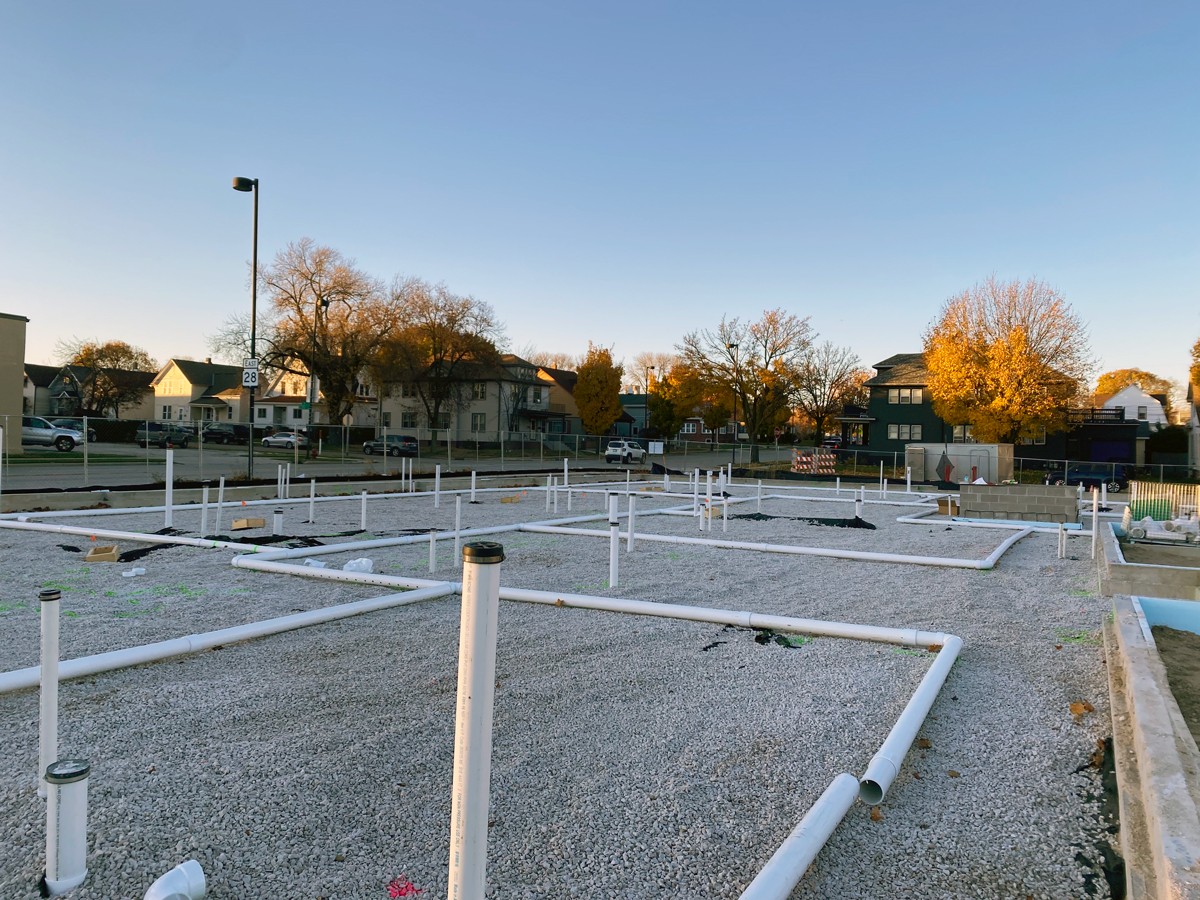Beyond the last sweep: Enduring the challenges of residual contamination
Anytime you sweep dirt into a dustpan, there's always that little line that remains on the floor.
So you back the dustpan up an inch, start again, and keep going until the dirt line has all but vanished.
No matter how well you sweep, there will always be a small amount of dust left. It's the same with residual contamination in the world of environmental engineering.
Once the regulatory agency has signed off on your remediation efforts, some contaminants will remain. It's neither economically feasible nor practical to remediate all contamination to levels below required standards.
The problem is that these contaminants can still harm the people around them. Whether it's coming from petroleum products, pesticides, or dry-cleaning solvents, the amount and type of exposure dictate the negative health impact this type of contamination can cause. Regardless of property type, these issues can affect residents, shop owners and even customers who might not spend long periods at the property.
For property owners who have successfully remediated contaminated land, their responsibilities may not be over. The regulatory agency overseeing your site might acknowledge contamination has been adequately investigated and remediated, but it might also offer details for your ongoing obligations.
Preventative controls are key with residual contamination to limit human exposure and keep the land safe moving forward. That could include legal tools, such as zoning and land use restrictions, easements or covenants. It also could use engineering controls such as physical barriers, fences, subsurface venting systems and soil caps.
A key consideration here is ownership changes or redevelopment plans. If soil were to be excavated or groundwater exposed in the future, the new owners would need to know about their responsibility to appropriately handle construction.
Some other examples of obligations for property owners moving forward may include:
- Groundwater use restriction. A potable water well cannot be constructed on the property without regulatory agency approval.
- Vapor mitigation system operation. While potential exposure to a contaminated vapor might remain at the property, operating a mitigation system in the building will prevent exposure. It will require monthly or annual maintenance inspections to ensure the system is operating properly and repairs should be made as needed.
- Engineered barrier. Maintaining an engineered barrier at the property also can prevent exposure to remaining contaminated soil. This would require monthly or annual maintenance inspections to ensure the barrier is in good shape, with repairs made as needed.
- Industrial/commercial land use restriction. This requires that the property remain an industrial or commercial site and cannot be redeveloped for residential use.
Protecting the health and safety of property occupants is paramount for landowners, which is why remediation efforts aren't a one-and-done proposition. Whether additional investigation, ongoing remediation or supplementing with institutional and engineering controls, cleaning up contaminated land requires commitment and continual engagement.
Consider it the best practice for getting as much of that last line of dirt off the floor.
To learn more about residual contamination and the intricacies of regulatory compliance to the innovative strategies of minimizing human exposure, contact us or give us a call at 920.453.0700.
 |
Dillon Plamann is a Project Hydrogeologist who helps with soil and groundwater investigations, remedial activities, due diligence and building material assessments. He also works on reports, work plans, proposals, budgets, and Phase I and II Environmental Site Assessments. Reach him at |
Collaborative, Insightful, Results-Driven Solutions
Fehr Graham provides innovative engineering and environmental solutions to help improve the lives and communities of our customers.

